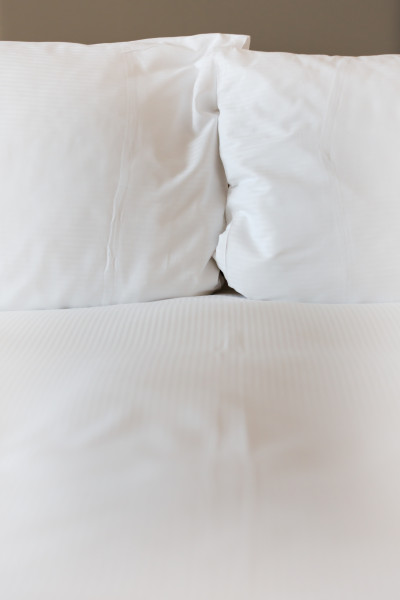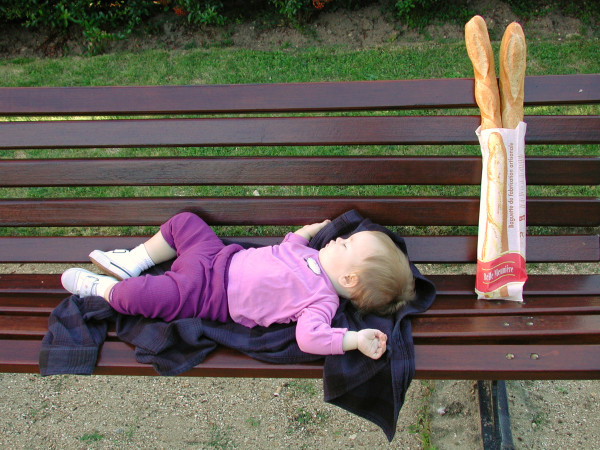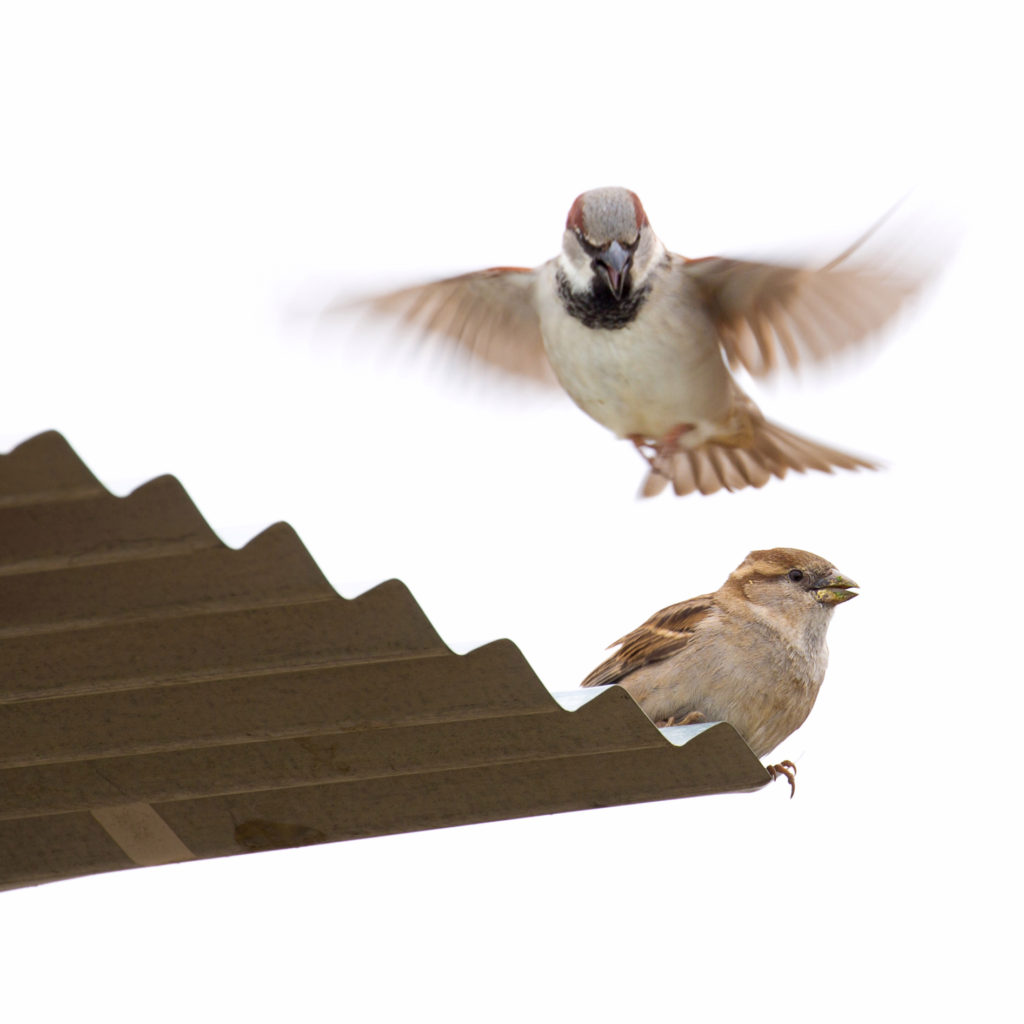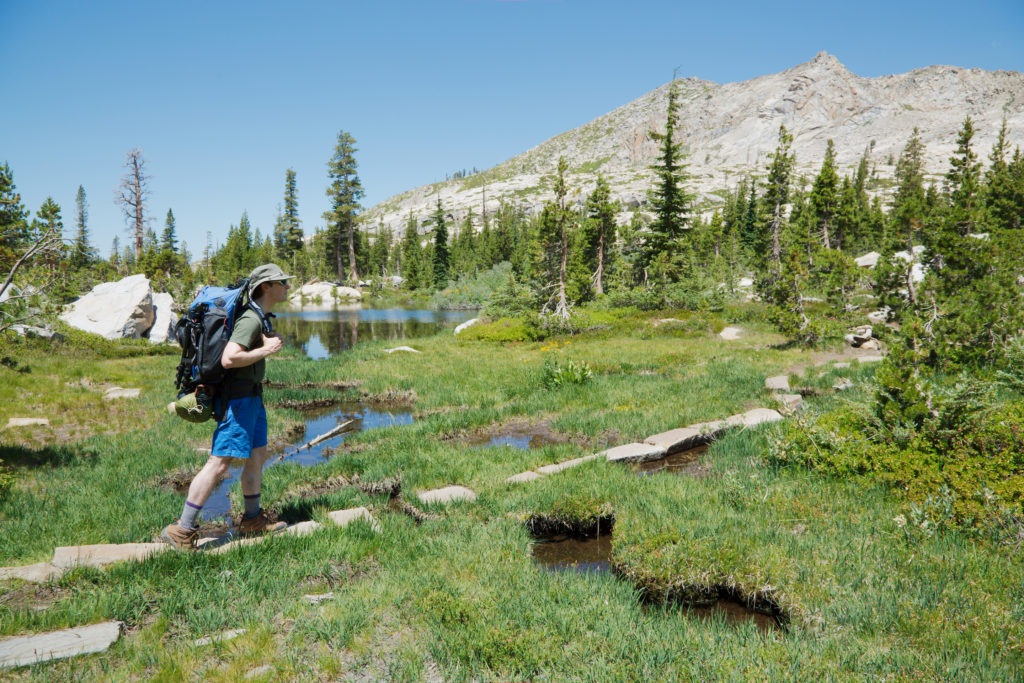Posts Tagged: changing


Fighting Jet Lag: 9 Tips to Conquer It!
Anyone who’s seen the places portion of my photography portfolio will immediately notice that I’ve done a fair amount of traveling over the years (and that portfolio hardly represents everywhere I’ve been). Over the years I have gathered some critical tips for fighting jet lag. I frequently get asked by my friends how I cope with sitting in meetings all day without falling asleep when my internal clock is so clearly out of whack.
Well… I’ve learned a few tips over the years, so I thought I’d write them up to share with you. I’ve taken a number of trips that involved traveling more than 8 timezones away and felt no jet lag at all during the trip.
9 Crucial Timezone Hopping Tips
- Start the time shift on the plane: To get the maximum amount of awake time on the ground, start your conversion as soon as possible by starting a new routine on the plane ride over. Calculate what time you should start your nighttime routine and follow it immediately. This may actually mean not sleeping at all on the plane.
- Arrive a day early if possible: You really need 2-3 days to fully acclimatize to a new time zone ideally, but you can pull it off in one day when you have to. Don’t expect to be super functional the first day, so always plan on at least an extra day on the ground when possible. And go for two if you can swing it, for the worst day of fighting sleepy eyelids occurs on day two. [The day you arrive you invariably sleep fairly well that night because the travel itself is exhausting enough that you can pretty much sleep at any time anywhere. But after a good first night’s rest, your body is ready to fight for its normal schedule again.]
- For the first few days: walk like crazy! Walk like your feet will fall off if you stand still. Walk like every step is a life saving event. Start just before dawn if possible, and walk around while the sunlight changes as the day begins. I’m a firm believer that watching the changing light helps you reset your internal clock more quickly. Repeat this exercise again in the evening near sunset. If you need a pause in the middle of the day, go ahead and pause while it’s still a somewhat reasonable time at home (breaking a later rule by figuring this out). If it’s 3am at home, no matter how tired you are: sorry my friend, you gotta keep walking. Oh yeah, avoid museums at all costs for the first two days. They’re dark. They don’t require much walking. And reading small fonts on a sign next to an inanimate object in a dark room is just asking for trouble. Go see outdoor stuff instead (or at least indoor and crazy-active, like a shopping center).
- Hotel darkening curtains are pure evil: Open those curtains and blinds!!! Here you are trying to reset your body’s internal clock, which is totally controlled by the sun, and the hotel drapes totally obscure the natural lighting and your body’s clues to what time it is. This is, honestly, my biggest tip: never close the curtains because you absolutely need the lighting clues. Use only the sheer curtain if you need privacy, or if your window isn’t facing another nearby building, leave even that open. Yes, at 6AM that sunlight streaming into your room can be super-annoying when you’re groggy. But here’s the rub: it actually needs to be. Deal with it as it’s there to help you.
- Don’t take naps: In general, I recommend avoiding naps if you can get away with it. Some people just can’t cope without a nap (if you start to stumble while you’re walking, you might be one of these people, otherwise just keep walking). If you have to, set an alarm for 30 minutes and get up again when it goes off and start walking again. Never nap for hours, under any circumstance. You’re functionally giving in to your old timezone and ruining your attempt at resetting your biological clock. And your body will actually get used to napping and will expect them all week long (or however long you’re staying abroad).
- On the subject of coffee and alcohol: A lot of recommendations about jet lag include instructions about staying away from both of these common drugs (they are both drugs, sorry). I actually don’t find you need to avoid them. But the trick is to take them at the same time of the day in your “new timezone” as you would if you were at home. I.E., if your body is used to a shot of espresso at 7am, drink one then. If you have high-tea at home at precisely 4pm, have some tea in your new timezone at 4pm. If you regularly drink a glass of wine before bed, then go ahead and indulge. But, do not insert new drinks of either type at a time you normally wouldn’t drink them. Use your normal routine as a cue to your body that the routine times have been shifted. But keep the routine.
- Melatonin: Yes! Melatonin is a natural substance that our body uses to help regulate our sleep patterns and internal clock. I wrote most of the above rules before actually trying Melatonin myself so I don’t consider Melatonin as important as the rest of the rules. But, I will say that it helps and is worth adding to your sleep change tools. It’s sold in 3-5mg tablets that you can pack easily in your bag. Ask your doctor about the recommended dosage for you, but that’s a common dosage range. Take the dosage recommended by your doctor about 1-2 hours before you want to be asleep and then get ready for bed (remember to brush your teeth and wash behind your ears!). Afterward, sit on your hotel bed within sight of the dark night sky and read a good book for a while. When you begin to feel drowsy, turn off the light and see what happens!
- Forget what time it is at home: This is one of the hardest ones to live by if you have friends and family at home you need to contact frequently. But, when possible, try not to convert your current time to the time it might be at home. Don’t subject yourself to the notion that you should be tired because of what time it is at home, because suddenly you will become tired. Think only about the current daylight or nighttime around you.
- UPDATE: Drink lots of water! As Jim reminds us below in the comments, keeping hydrated is an absolute must. Drink water all day while you’re awake. And definitely don’t get dehydrated, as that exacerbates jet lag quickly.
Traveling East vs West
Different people have different opinions on the subject, but I personally find it easier to travel west than east. When traveling west you simply need to stay up a few hours later, and most people don’t have huge problems sleeping in late. Yes, you’re tired in the evening, but it’s doable. Getting up 6 hours early, however, is much much harder on the body. So if you’re traveling east, follow the above rules with absolute rigidity.
Traveling with young kids
Once your kids are old enough that you can explain the above rules to them, they can actually adapt just like you can. Yay!
Kids that can’t yet understand the above concepts are lost into a world of their own. Boo! Super-young kids simply don’t care about what time of day it is. I once had 3 presentations to give on a Monday morning and found myself with my 1-year old walking with her around the giant hotel lobby doing laps until she finally wore out at 3am. There is simply no way to explain to a 1-year old that even if they’re not sleepy they should still lay down and try.
The best advice I have is to get them into the sunlight too. If they need to take a nap, have them take a nap in the sun. The sun is your best bet at resetting their internal clock. Use it!
Is all this pain worth it?
That’s a great question. Thank you for asking it!
Well, first off: Yes!! There is no great way to remove all the jet lag (unless you succeed in walking nonstop for the first day. I’ve been known to pull 10-20km in a day on the first day and those are always the trips with the best successes). The goal is to minimize the number of sleepy days to just one or two, rather than stretching it out for a full week of never being fully awake. Think of it as a day or two of suffering so that during the rest of the week you can accomplish your goals and actually remember the trip! Plus, walking’s very healthy for you anyway.
A Story from My Worst Experience
My worst jet leg bout occurred in 2003 when I went to Vienna, Austria for a meeting. I pretty much failed all of my checklist items up above, not knowing better at the time. And after arriving on Sunday and not getting outside on Monday, I had a day filled with meetings on Tuesday. Most of my meetings were in one particular very large conference room that had no windows. The lights in the room were very dim, and the audio system had a slight hum to it. And, worst of all, the seats were all very comfortable bucket seats. These elements amounted to a recipe for immediate sleep when your body thinks it is 2am. That was a very, very long day of nodding off multiple times.
But, on the upside… That’s actually what led me to the above conclusions over time. I realized on that trip that I needed to prevent that experience from happening again! So, in the end: a win via a loss!
UPDATE: Ongoing research on jet lag
Science is always continuing to improve our understanding of ourselves. A friend send me a link to some research being done at Stanford that studies how flashes of light during the night might help fight jet lag and it looks like they’re developing a product for it as well. Who would have thought that??
One final tip!
Walk! Have I mentioned that yet? I forget.
Do you have tips that you like to use when traveling? Send them to me or post them below, as I’d love to hear them!















